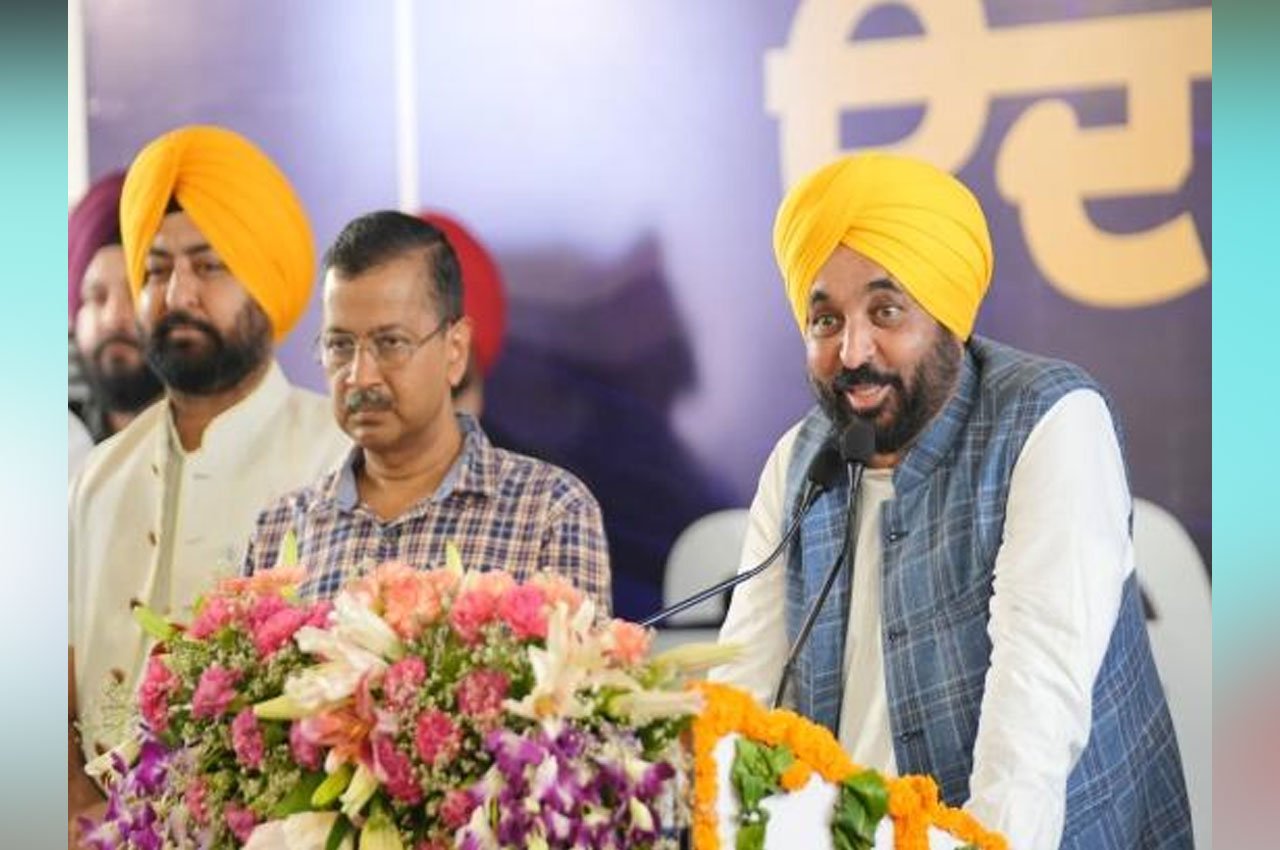Punjab has become the first state to offer ₹10 lakh annual cashless health insurance to every family, under the revamped Mukh Mantri Sarbat Sehat Bima Yojana. Announced during the 2025–26 state budget, this move extends universal health cover to nearly 65 lakh families across the state, doubling the previous insurance limit from ₹5 lakh to ₹10 lakh annually, reported Babushahi.
The new health assurance will cover treatment expenses at both public and empanelled private hospitals. With this, Punjab overtakes national-level schemes like Ayushman Bharat, which offers ₹5 lakh cover, by introducing a supplementary top-up from the state.
Finance Minister Harpal Singh Cheema, while presenting the budget, highlighted that the state will now bring an additional 29 lakh families under the scheme—beyond the 36 lakh already covered under previous frameworks. The announcement marks a significant step toward achieving comprehensive and cashless health coverage for all residents.
Massive Boost to Health Sector
To support this initiative, the health budget has been hiked by 10%, reaching ₹5,598 crore. Additionally, ₹1,336 crore has been earmarked for medical education and research, marking a 27% increase from last year. The allocations reflect the government’s larger vision of ‘Badalda Punjab’—a transformed Punjab with people-centric governance.
This budget push also strengthens the Aam Aadmi Clinics initiative, where over 850 clinics across the state are now functional. These clinics offer free consultations, diagnostics, and essential medicines. Reports suggest daily footfall in these clinics has surpassed 70,000, underlining their growing popularity and reach.
Another beneficiary of the health focus is the Farishtey Scheme, designed to provide immediate aid to accident victims. The government has allocated ₹10 crore to ensure emergency cases receive prompt and free care, regardless of the victim’s socioeconomic background.
Why ₹10 Lakh Health Cover Matters
The enhanced insurance coverage comes as a welcome move for citizens frequently burdened by high medical costs, especially for critical care such as oncology, cardiology, or trauma surgery. Doctors and hospital administrators have pointed out that the ₹5 lakh cap was often insufficient for prolonged treatments or multiple hospitalisations.
By offering ₹10 lakh as a family cover, Punjab is setting a precedent for deeper financial protection during health crises. However, healthcare professionals have also flagged implementation challenges such as timely reimbursements to private hospitals and the need for transparency in treatment package rates.
Challenges in Implementation
Experts suggest that sustainability and operational efficiency are key to the scheme’s long-term success. While expanding the insurance pool is a positive move, the infrastructure needs to catch up. Several rural hospitals still lack specialists and diagnostic equipment, and delays in payments to private providers could affect participation.
There are also calls to consider a tiered approach—possibly having affluent families contribute nominal premiums—to keep the scheme financially viable while ensuring that the most vulnerable continue to benefit at no cost.
Analysts note that increasing the coverage limit is just one step. Addressing systemic gaps, managing claims efficiently, and building trust among providers are equally critical. This includes better grievance redressal mechanisms, real-time claim tracking, and regular auditing.
A Comprehensive Public Health Agenda
The new ₹10 lakh cashless insurance plan is part of a broader health transformation. The government is simultaneously working on improving mental health services, launching drug-census initiatives, and introducing pharmacological audits. These steps are aimed at making the healthcare system more accountable, accessible, and transparent.
Public health experts have hailed Punjab’s move as progressive and potentially path-breaking. If executed well, it could serve as a model for other Indian states, showcasing how targeted budgetary support, political will, and efficient implementation can deliver universal healthcare at scale.
Photo Credit: Babushahi
For more top stories click here
Follow us for latest updates:




